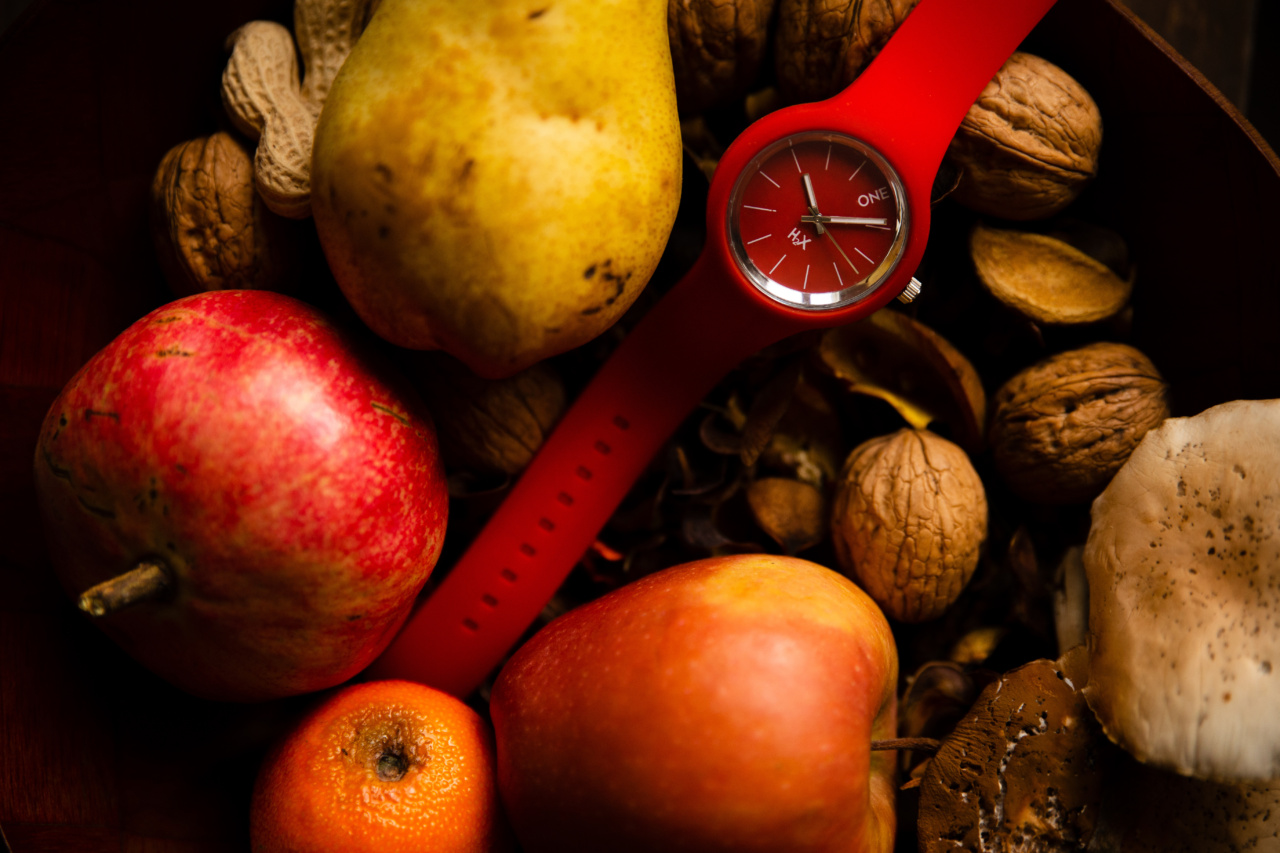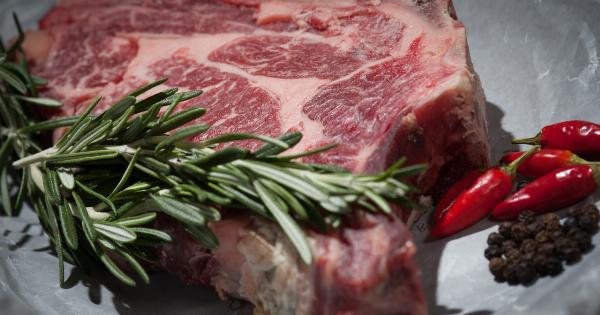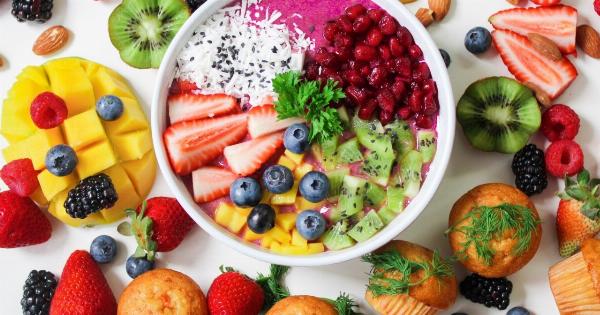Raw milk is milk that has not undergone pasteurization, a process that involves heating milk to a specific temperature to kill harmful bacteria.
The debate over whether raw milk is safe to consume or not has been raging for decades, with proponents of raw milk arguing that it is healthier and more nutritious than pasteurized milk, while opponents believe that raw milk poses numerous health risks, especially for vulnerable populations, including infants, pregnant women, and the elderly.
The Dangers of Raw Milk
The Centers for Disease Control and Prevention (CDC) has been warning consumers about the dangers of raw milk for years.
According to the CDC, raw milk is a “ticking time bomb” because it can contain a range of harmful bacteria, including Salmonella, Listeria, and E. coli. These bacteria can cause a range of illnesses, from mild stomach upset to life-threatening infections.
What makes raw milk particularly dangerous is that it is often consumed by vulnerable populations, including infants, pregnant women, and the elderly, who are more susceptible to serious illness and death from foodborne infections.
Raw Milk and Foodborne Illnesses
Raw milk has been linked to numerous outbreaks of foodborne illnesses over the years. In 2019, for example, the CDC investigated an outbreak of Salmonella infections that were linked to raw milk from a farm in Pennsylvania.
In total, the outbreak sickened at least 19 people in four states, with six hospitalizations. Similarly, in 2017, an outbreak of E. coli infections linked to raw milk from a farm in Utah sickened at least nine people, with two hospitalizations.
Pasteurization and Milk Safety
Pasteurization is a process that involves heating milk to a specific temperature for a specific duration of time to kill harmful bacteria.
The process was developed by French microbiologist Louis Pasteur in the 19th century as a way to prevent wine from spoiling. Today, pasteurization is used to make a range of food products safe for consumption, including milk, cheese, and juice.
Pasteurization has been shown to be highly effective at killing harmful bacteria, and it is widely regarded as one of the most important food safety measures in the world.
The Benefits of Pasteurized Milk
Pasteurization has numerous benefits for milk safety. First and foremost, pasteurization kills harmful bacteria that can cause foodborne illnesses. As a result, pasteurized milk is much safer to consume than raw milk.
Additionally, pasteurization extends the shelf life of milk, making it easier to transport and store. Pasteurization also improves the taste and texture of milk, giving it a creamier consistency and eliminating any off-flavors that may be present in raw milk.
Finally, pasteurized milk is more readily available than raw milk, as it can be sold in supermarkets and other retail outlets.
The Risks of Consuming Raw Milk
The risks of consuming raw milk are significant. Raw milk can contain a range of harmful bacteria, including Salmonella, Listeria, and E. coli.
These bacteria can cause a range of illnesses, from mild to severe, and can even be life-threatening in some cases. Infants, pregnant women, and the elderly are especially vulnerable to foodborne illnesses, and should not consume raw milk under any circumstances.
In addition to the risk of foodborne illness, raw milk can also contain other harmful substances, including antibiotics and hormones, that can be harmful to human health.
The Debate Over Raw Milk
The debate over raw milk has been raging for decades, with proponents arguing that raw milk is healthier and more nutritious than pasteurized milk.
Proponents of raw milk also point out that many traditional cultures have been consuming raw milk for thousands of years without any ill effects. Opponents of raw milk, on the other hand, argue that the risks of foodborne illness from raw milk are too great to justify the potential benefits, and that pasteurization is a safe and effective way to make milk safe for consumption.
The Bottom Line
Raw milk is a ticking time bomb that poses significant health risks to consumers, especially vulnerable populations like infants, pregnant women, and the elderly.
While proponents argue that raw milk is healthier and more nutritious than pasteurized milk, the risks of foodborne illness from raw milk are too great to justify the potential benefits. Pasteurization is a safe and effective way to make milk safe for consumption, and it is widely regarded as one of the most important food safety measures in the world. Consumers should avoid raw milk and opt for pasteurized milk instead.




























